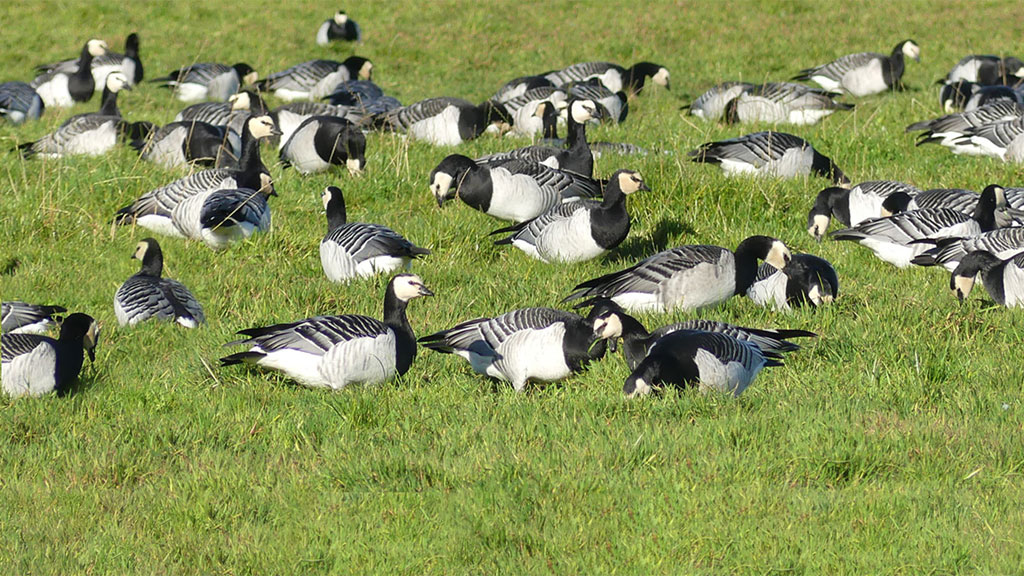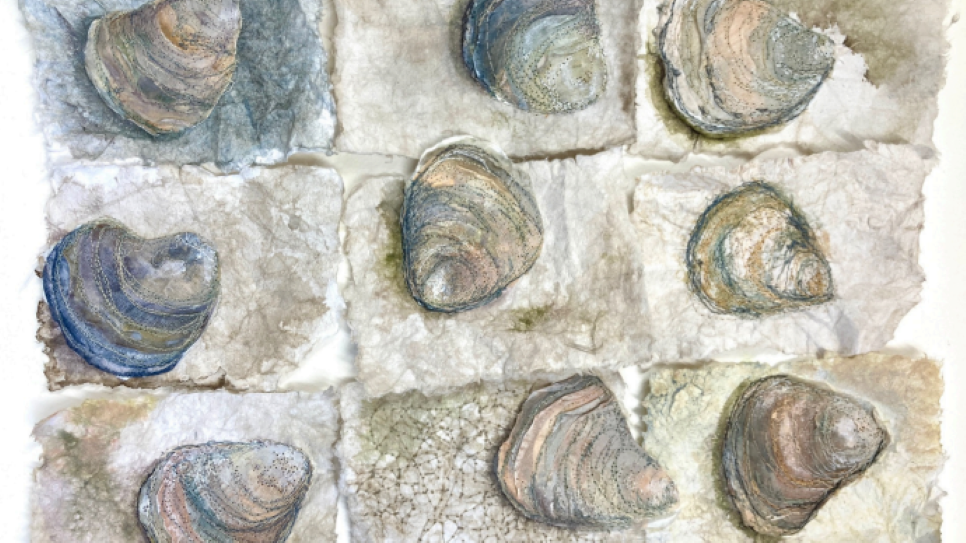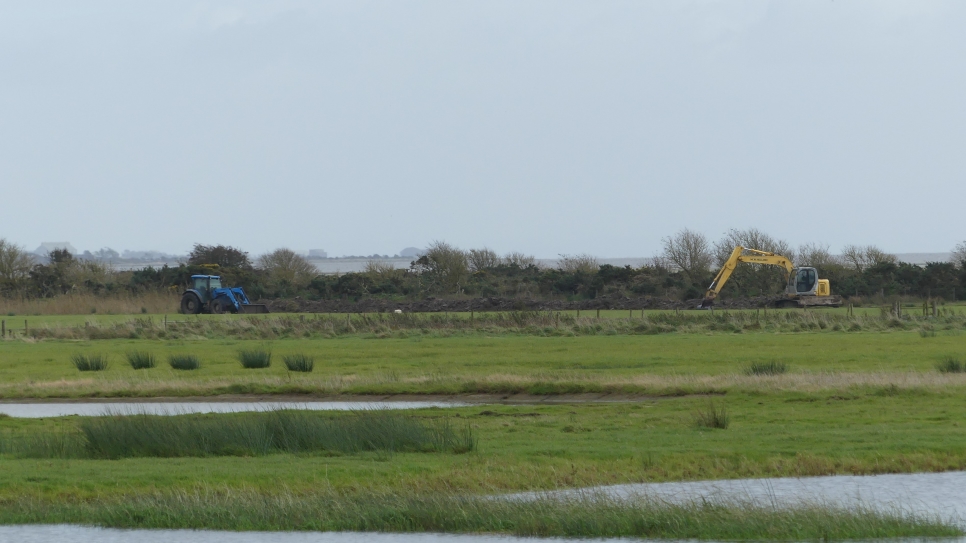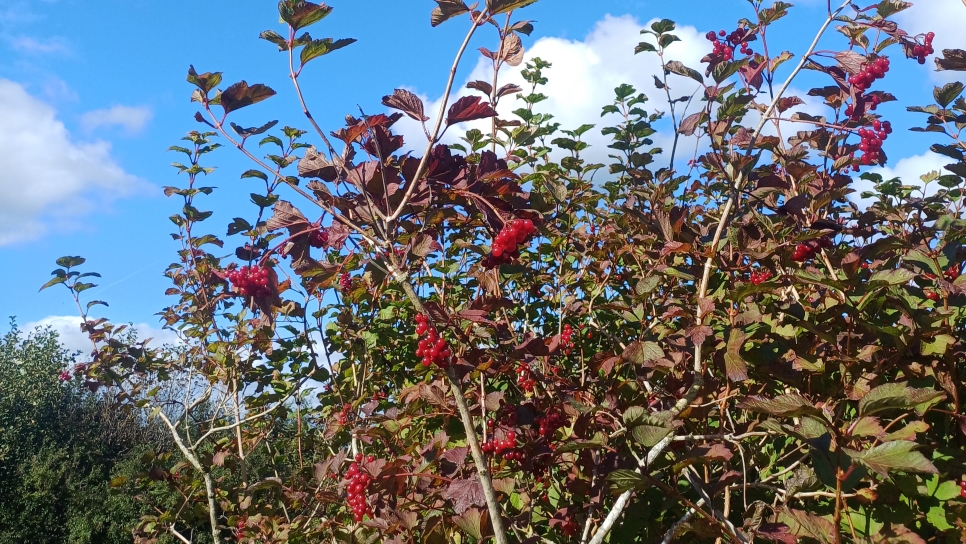Who needs fences? Wilder, Wetter Caerlaverock Diaries no.3
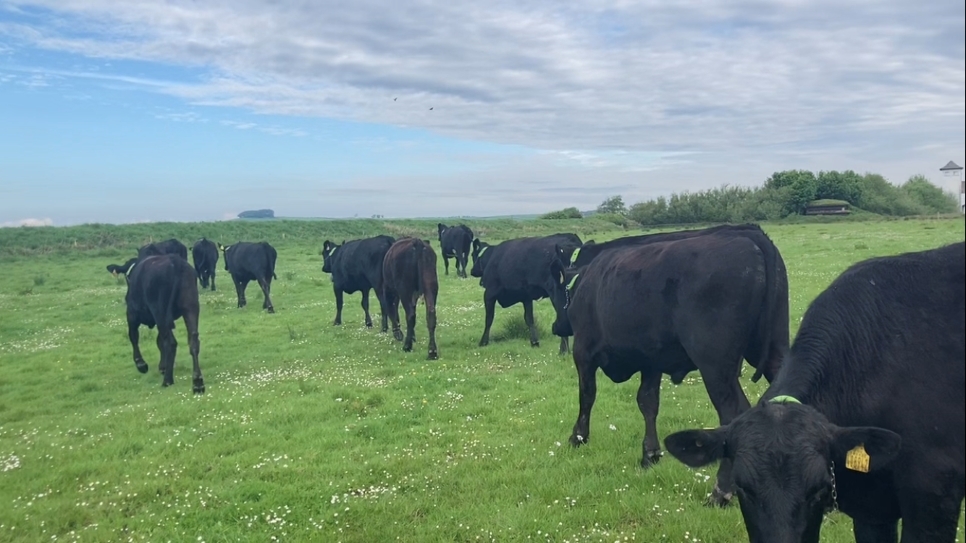
As a part of The Wilder, Wetter Caerlaverock Project (supported by the Scottish Government’s Nature Restoration Fund, managed by NatureScot), we have an exciting opportunity this summer to use Nofence collars on some of the cattle grazing on the reserve. These collars are used all over the world in many different climates and habitats where physical fencing would be impractical or in particularly sensitive areas. They are fitted around the cow’s throats comfortably and allow us to track them with a GPS signal. For us, the benefits include being able to exclude cattle from newly formed scrapes and channels created through the project in the past year. Keeping cattle out of these areas is important as they can damage them making them less effective at holding water. This isn’t the only benefit: it also allows us to more tightly manage our grazing meaning we can have exclusion zones allowing marginal areas to form near hedges, woods and corners of fields.
But how do they work? When the cattle move close to the boundary, which essentially acts as a virtual fence, they get an audio warning. If they continue to walk to the boundary and cross it, a small electric “pulse” shocks the cattle. The audio warning stops when the cattle turn back and go back inside the boundary.
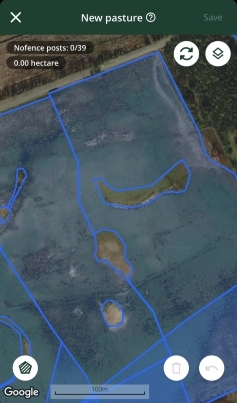
This is a screenshot of what the Nofence app looks like on your device. The boundaries are marked in blue and the pastures are the shaded blue areas. The scrapes are the areas that remain without any blue colour.
The collars come with a very useful app, which is where the other benefits come into play. By using the app on my phone, I can see where the cattle are even without being in the field. I can see how many pulses they’ve received, where the hotspots for audio warnings are as well as a heat map showing where they tend to be spending their time. This can indicate whether there is a preference in food type, if there is a sheltered spot and what effects that has on the field.
As with everything like this, there’s a lot of planning and prep work before the cattle can go out. First, we had to decide on herd size and eventually settled on thirty. Then there’s creating a rough road map to where the cattle are going to be and for how long and creating the pastures themselves which is would-you-believe-it actually incredibly fun. It’s extraordinary how easy the technology is to use. You can create the rough pasture on the app from the comfort of your desk and then get in the field and walk the boundary, resetting it where needed which is as easy as holding with your finger and dragging to the desired location. Walking the fields and picturing how certain areas might look and function depending on how much grazing there is can be very rewarding and is the method I used to create the pastures whilst making sure that we could exclude cattle from the scrapes.
Once we had this all in hand, it was time to fit the collars. You never really know how these type of days are going to go but working with Connicks consultants (working on the Nofence project with us) and the graziers looking after the cattle was superb. To fit the collars, we held the cattle in a holding pen and one by one, made sure the collars were not too tight or too loose while the animal moved its head and neck around. Once the collars were fitted, we allocated the animal tag number to the number on the Nofence collar. Once all were finished they could be moo-ved to their home for the next week… the training field!
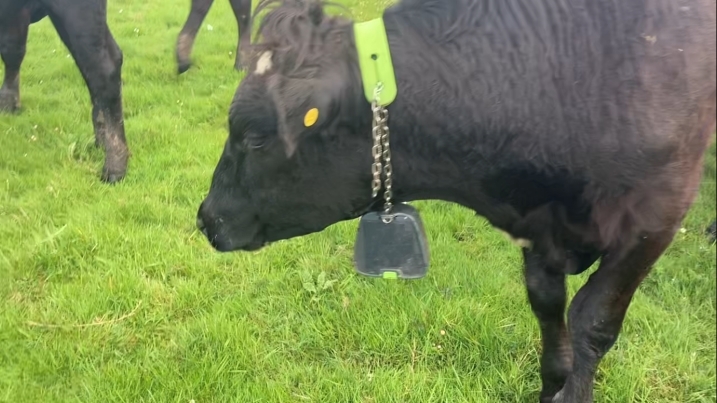
What is a training field? When the cattle first get collars fitted, they need to get used to them and how they work with the pulses and audio warning whilst adjusting to a changing virtual fence line. This process usually takes around seven days and you want to pick a location with limited exclusion zones and a good sized, rectangular field with a good fence line already in place in case the cattle break the virtual fence line. It was hugely rewarding to watch the cattle get released into the training field for the first time. They trotted off exploring like excited toddlers. It was interesting to watch their behaviour when the pastures went live for the first time (where they would get a shock if they went outside the boundary line). A group from the herd went around the boundary a few times, seemingly working out where they could and couldn’t go. Then there was a smaller group who were content just eating the grass next to them. The next few days were a case of getting them used to us which will make it easier to move them whilst monitoring the grass height and collar tightness.
We are excited to see how this technology can help us manage our reserve – and who doesn’t love an excuse to get some new toys?
Words and pictures by Jake Goodwin
